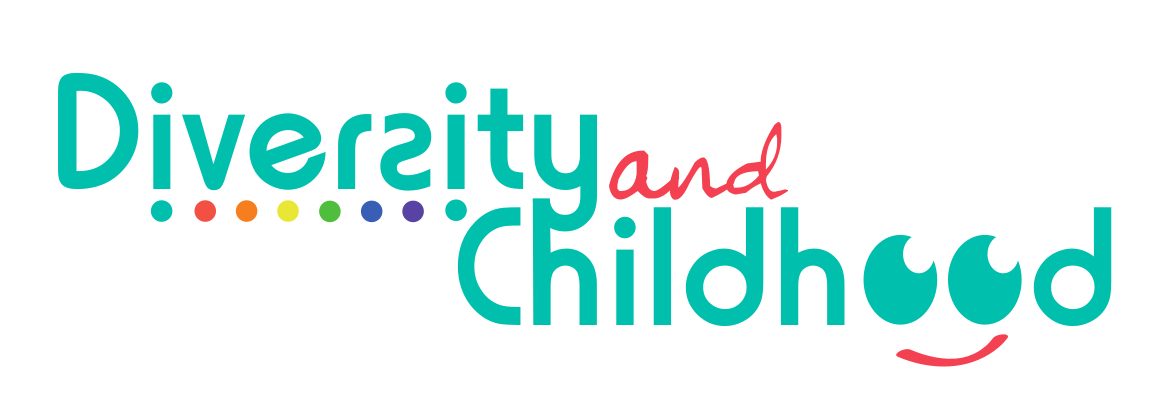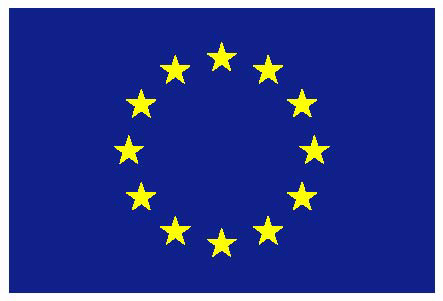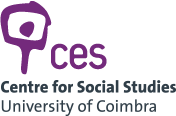Diversity and Childhood - Changing social attitudes towards gender diversity in children across Europe
Presentation

The EU Charter of Fundamental Rights stands out the rights to protection, care and well-being of children. Many programs against such violence are being implemented, and although a lot of work is being done, there are still children suffering from different kinds of violence every day. One of the violence that are currently striking children populations across Europe have to do with gender and sexuality, since many children suffer violence for being gender or sexually non-conformant. DIVERSITY AND CHILDHOOD aims at making a social diagnosis in a participative way on needs produced by genderderived violence in childhood paying attention to LGBTI and gender non-conforming. Also, since violence to LGBTI and gender non-conforming children is an issue which is more broadly studied in educational spheres, this project aims at mapping good practices regarding the intersection between gender, sexuality and childhood not only in the educational sphere but also in health, family, public spaces and media. Furthermore, we aim at increasing professional, personal, peer groups and proximity environment abilities to favor the well-being of gender non-conforming children. DIVERSITY AND CHILDHOOD’s main target group is children; especially those who are on the receiving end of by violent practices based on sexual orientation and/or gender non-conformity. However, they will not be the only target group of the project, since many stakeholders need to engage if we want to tackle this kind of violence. For this reason, activities included in this bid will necessarily include a variety of professionals who play different roles in protecting and helping LGBTI and gender nonconforming children in 5 key spheres of life: education, health, public space, media and family. Dissemination activities are largely connected to the project’s outputs, such as trainings for trainers, workshops, seminars, media and scientific articles and awareness materials, amongst others.
 This project has received funding from the European Union’s Rights, Equality and Citizenship Programme under agreement No 856680. This publication reflects the views only of the author, and neither the European Union institutions and bodies nor any person acting on their behalf may be held responsible for the use which may be made of the information contained therein.
This project has received funding from the European Union’s Rights, Equality and Citizenship Programme under agreement No 856680. This publication reflects the views only of the author, and neither the European Union institutions and bodies nor any person acting on their behalf may be held responsible for the use which may be made of the information contained therein.

